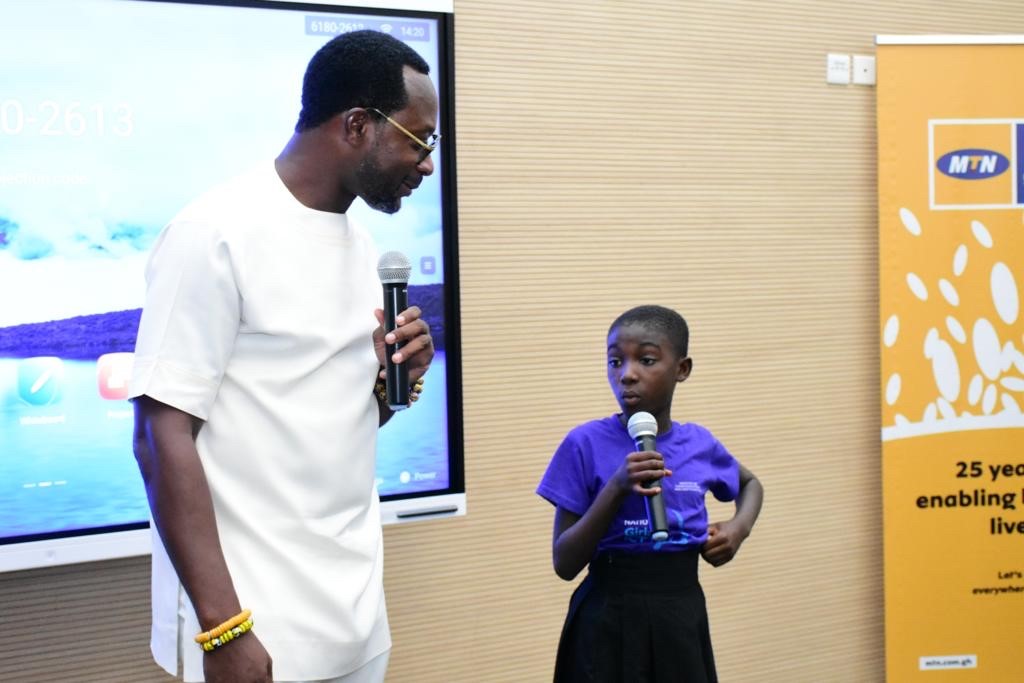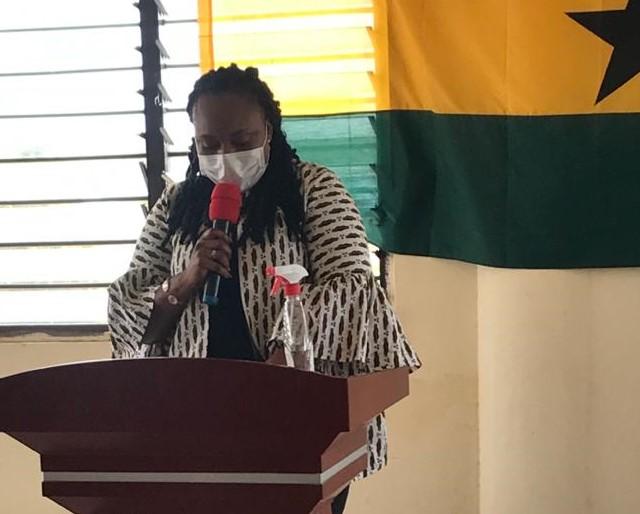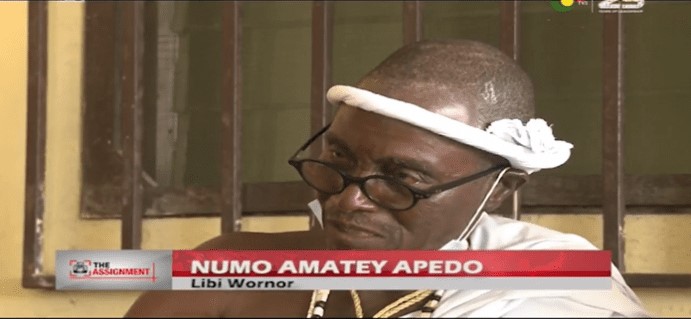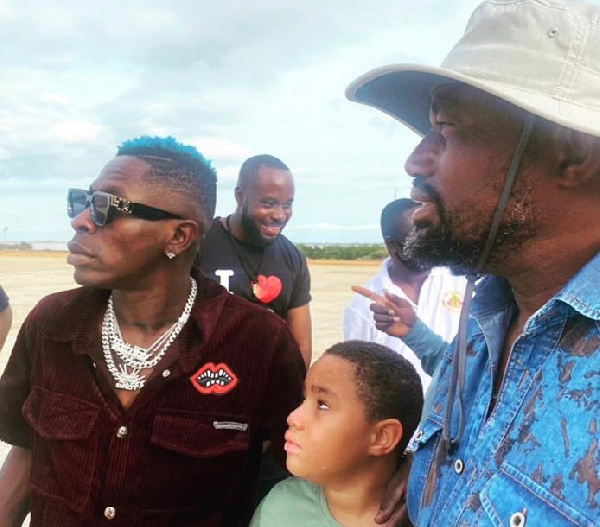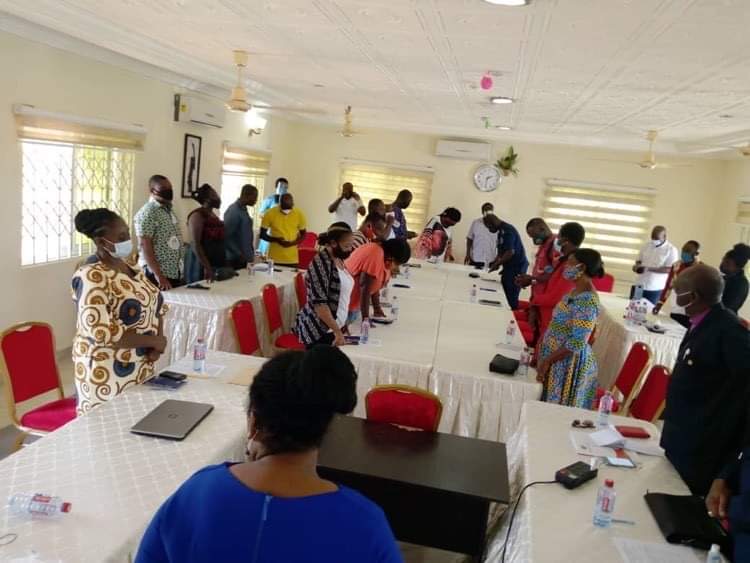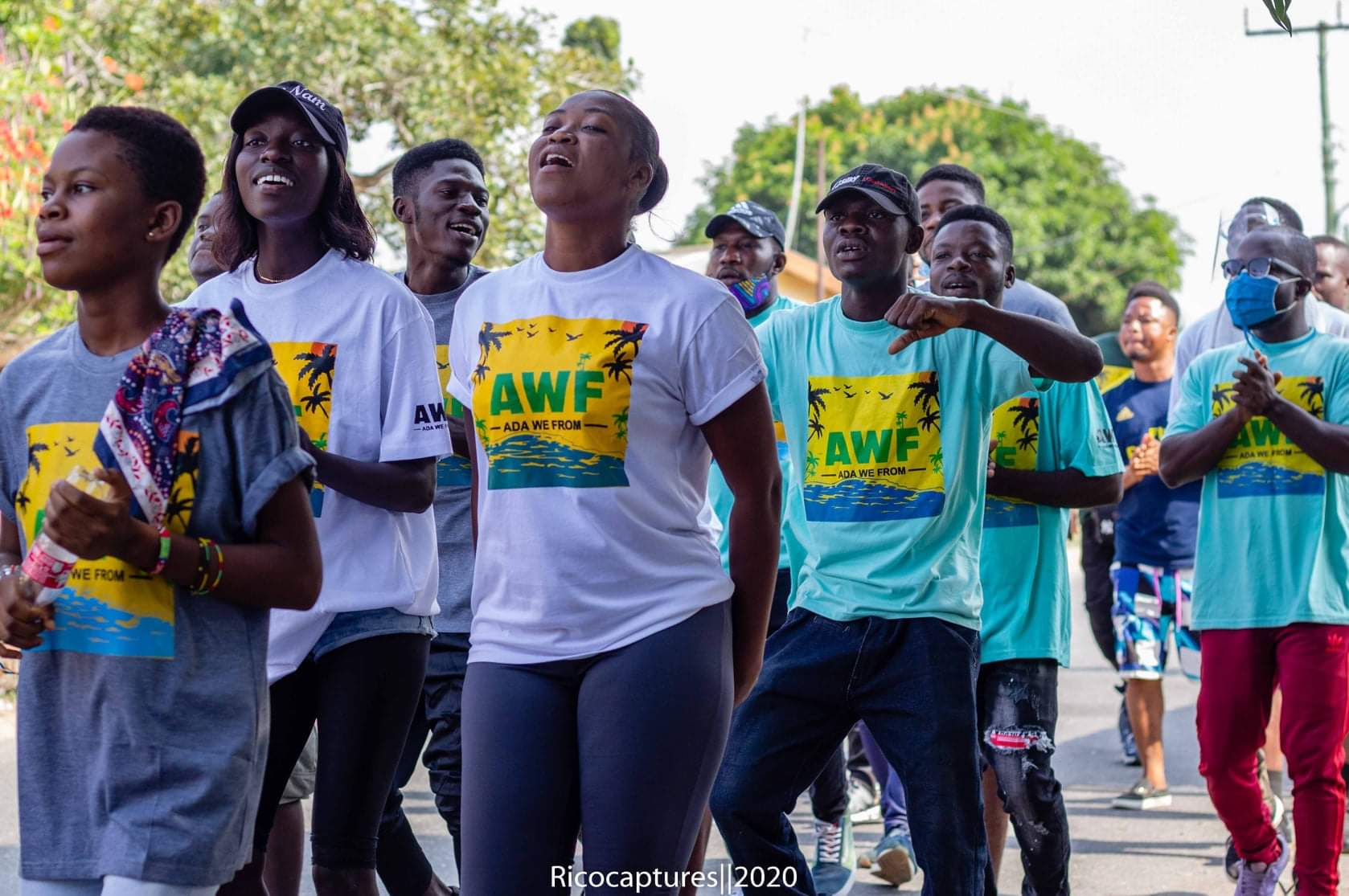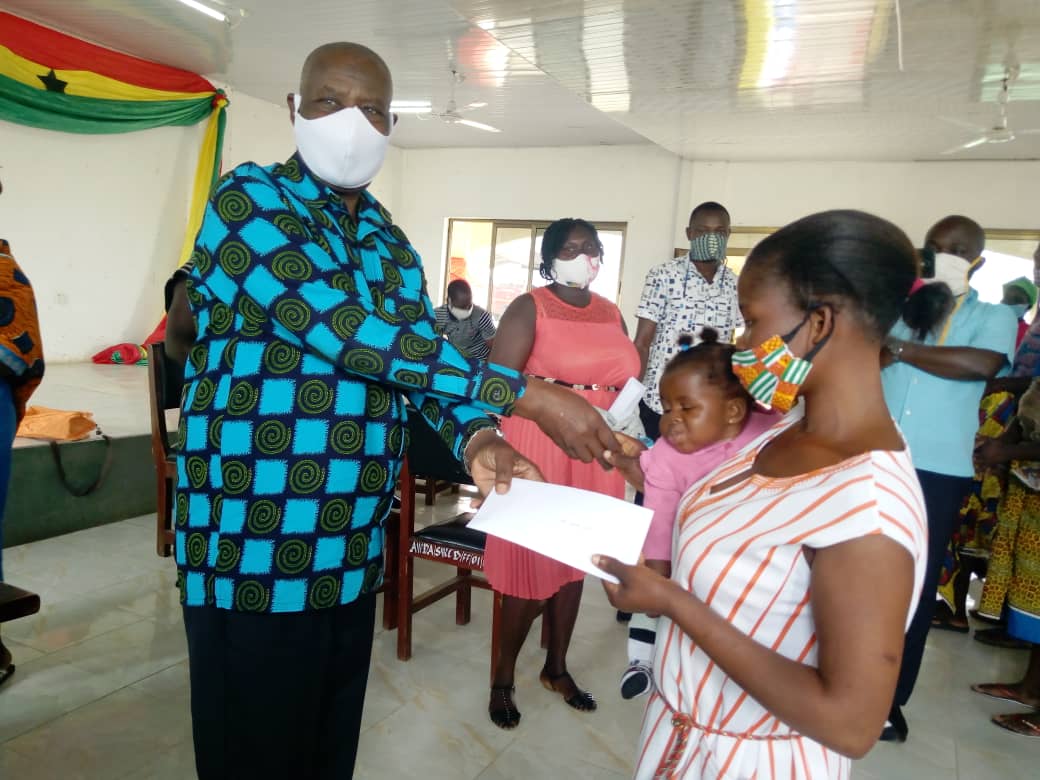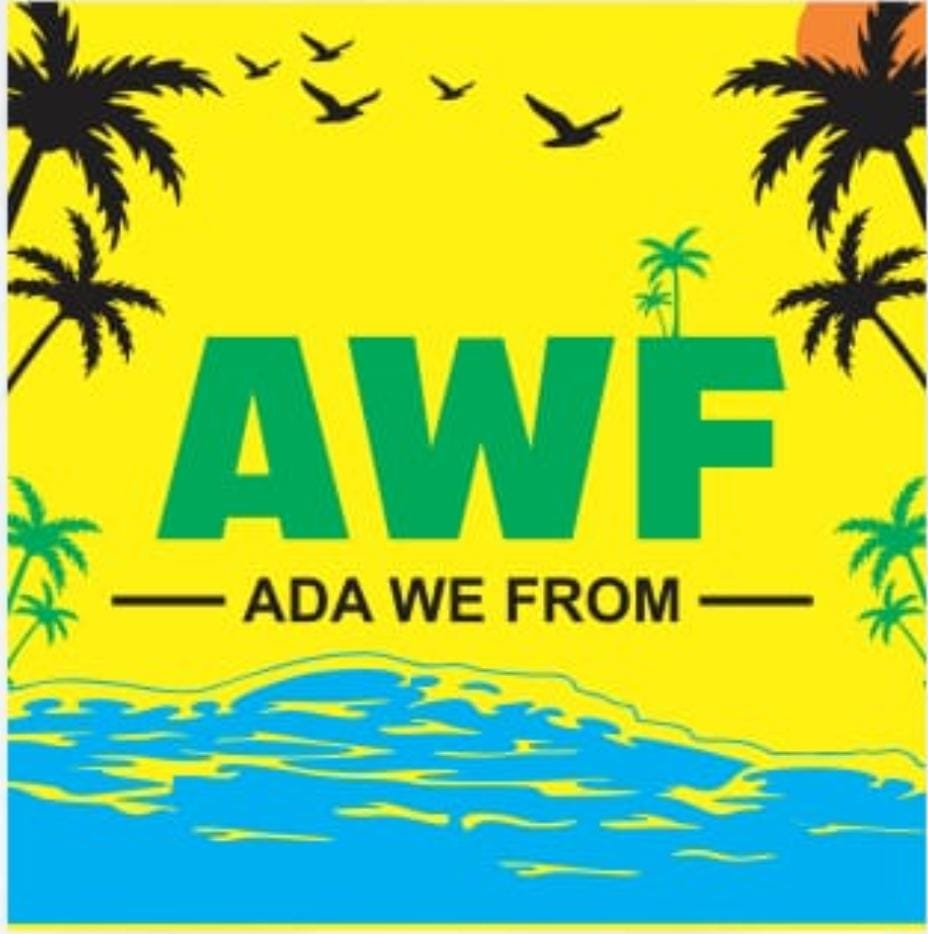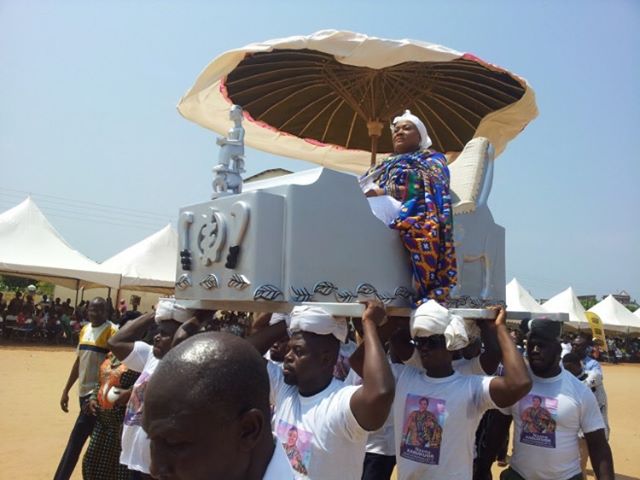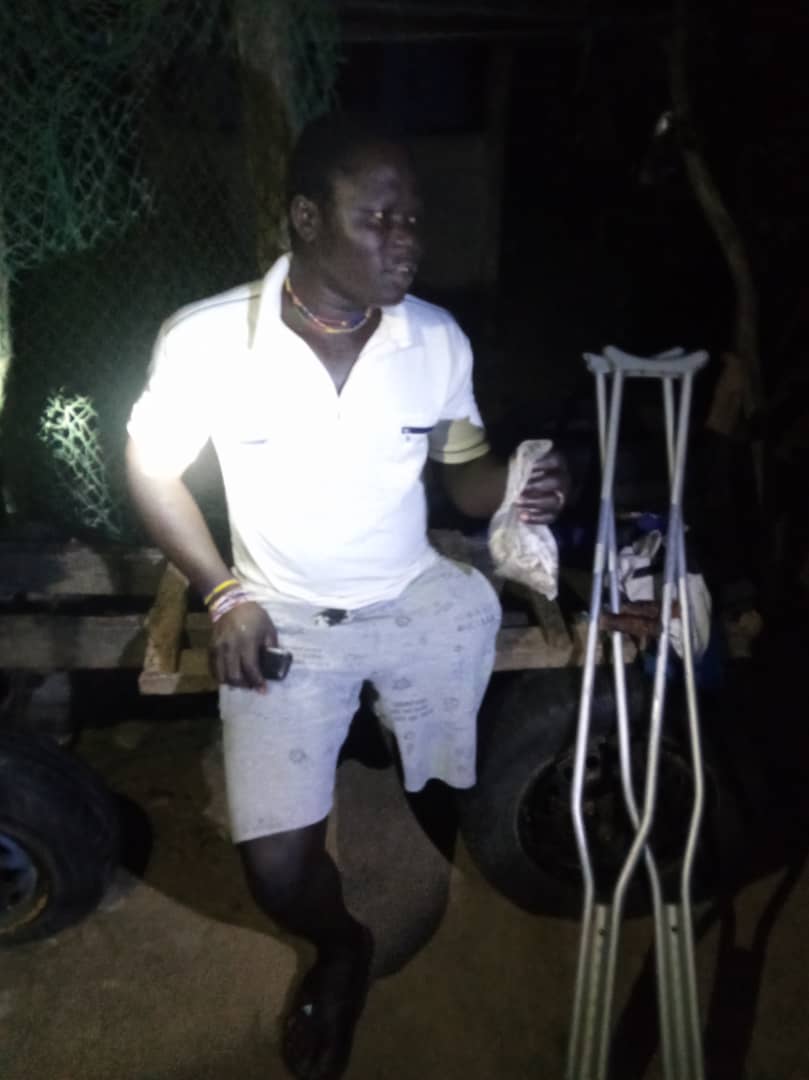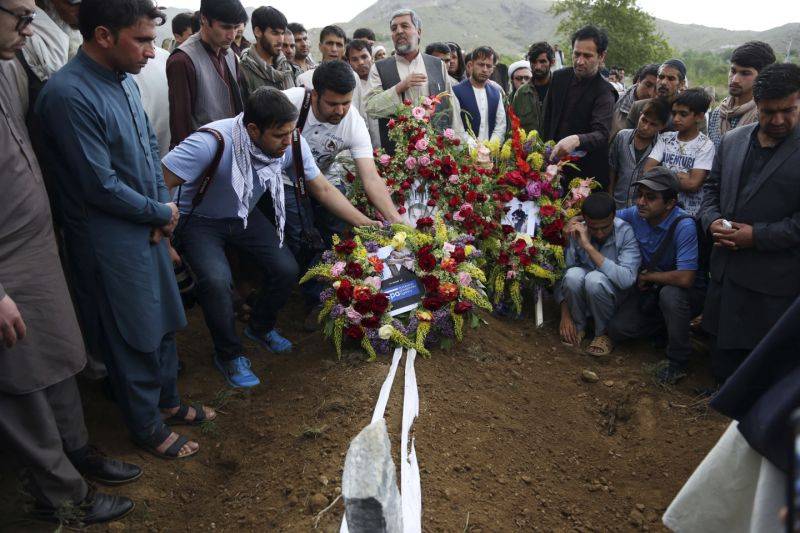
An annual report by “Reporters Without Borders“ names Afghanistan as the third most dangerous place for journalists and media workers due to rising violence and the seemingly endless war in the country. However, media activists in Afghanistan see a greater challenge facing journalists: the emergence of Daesh terrorist group.
Stop reporting or die: The recent statement from the insurgents to Afghan media and Journalists is an order to stop reporting otherwise they will kill them and their families.
IS and Taliban issue warnings to the Media and journalists. Recently they warned sports Journalists not to attend sports events and have gone on to attack sports events many times; Afghanistan’s biggest cricket league (Alakozai Shpagiza League), a volleyball tournament in Paktia province, a local sports tournament in Khost and most recently a peace promoting cricket tournament in Jalalabad City, where eight people were killed including Hedayatullah Zaheer a local journalist and member of ASJF. Qarar Azizi, the Regional Manager of ASJF was also injured.
Only 20 days before, nine journalists including ASJF and AIPS Member Sabawoon Kakar were killed in an attack on media people when they were covering a blast in front of a security post on 30th April 2018. In the same week another journalist, Abdulraman Arghand was killed in Kandahar and Ahmadshah who used to work for BBC world Service was also killed in Khost province.
“It was one of the deadliest incidents for Afghanistan media and Afghanistan journalists because this one was directly targeting reporters,” says Parwiz Kawa, Editor of Hasht-e-Subh Daily newspaper.
According to him, media and journalists are in danger in the country and there is no safety plan to protect them from insurgency.
Victims of violence: A member of the Afghanistan Sports Journalists Federation and journalist with a local TV, Zabihullah Shahzad told AIPS that in all of his media career, this year has been bloody for media and journalists.
According to him, they cannot freely cover sports events and tournaments or even go to remote areas and provinces to meet their families and relatives. An ASJF member was shot dead in Qalat city in Southern Afghanistan last year. Yaqoob Sharafat was working for the state-run broadcaster ‘Radio Television Afghanistan’ (RTA) and was member of ASJF in the province. His death was yet another blow to Afghan media.
It has been 15 years since the collapse of the Taliban regime and international intervention, but Afghanistan continue to be unstable and journalists remain victims of violence.
No safety measures in place: “With the loss of journalists a new and more dangerous situation in Afghanistan has emerged. It is more dangerous to be a journalist today than it was few years back,” says Homayoon Nazary, a provincial safety coordinator working for the Afghan Journalists Safety Committee (AJSC) in Herat. According to Nazari, the situation has worsened and their efforts have changed. “Now we focus on keeping journalists alive rather than training them on safety.” he said.
At the moment, the Afghanistan government don’t have a safety and security procedure for journalists and media workers across the country.According to Khoshhal Taib, BBC reporter and AIPS Member in Afghanistan, the past year has seen a major increase in attacks on journalists, who are targeted not only by the Taliban and Islamic State – which seek to enforce their hatred of press freedom – but also by the unofficial militias.
“These militias act as enforcers for warlords and strongmen in various parts of the countries. They are armed by the government or by ruling politicians and their main job is to resist and combat armed opposition groups, above all, the Taliban. But many journalists say that most of these militias have also become one of the main sources of danger to the media,” he said.
Aziz Ahmad Tassal, Chief Manager of Kabul Press Club told AIPS that the world for journalists seems to be getting more difficult.
Hatred against journalists on the rise: As per the Reporters without Borders’s latest index on Press Freedom, the hatred against the journalists is on the rise.
According to the RSF, the past year was a particularly deadly year for journalists in Afghanistan as at least 15 journalists and media workers were killed, many in targeted attacks. According to them 2018 is more dangerous for media as far as in the past 5 months, 13 journalists have been killed and many others are injured.
It also revealed that by sowing terror in some regions, the Taliban and Daesh militants have created information black holes. In some provinces, the Taliban even forced the media to pay arbitrary taxes that were tantamount to ransoms, RSF expressed in their recent announcement.
Journalists facing difficulties in a bid to fulfil their responsibilities: The rising insecurity and the lack of attention to the plight of the journalists has led to some very difficult circumstances that the journalists have to go through so as to perform their duties. Kabul police, on several occasions have warned the journalists in particular to limit their travels because of security risks, and now there has been a ban on live coverage and telecasting as well.
Elyas Dayee, a Journalist in Helmand province believes that such warnings by the police, in fact, demoralize the spirits of the journalists in the country and would bar them from collecting information. Instead, the security authorities must ensure the security of the country as a whole and of the journalists, in particular.
He added further that the journalists in Afghanistan tend to suffer from different sorts of discriminations and, unfortunately, even lose their lives. “I lost my three journalist’s friends in one week.”
According to AFP, Ahmad Farid Halimi had resigned from his job at TV channel Kabul News after the attack.
“Last night my wife was crying when I came home, she was telling me ‘you are not safe with this job’,” he told AFP.
“I don’t know what I will do in the future but I don’t want to be killed for my work.”
Credit: AIPS Media


